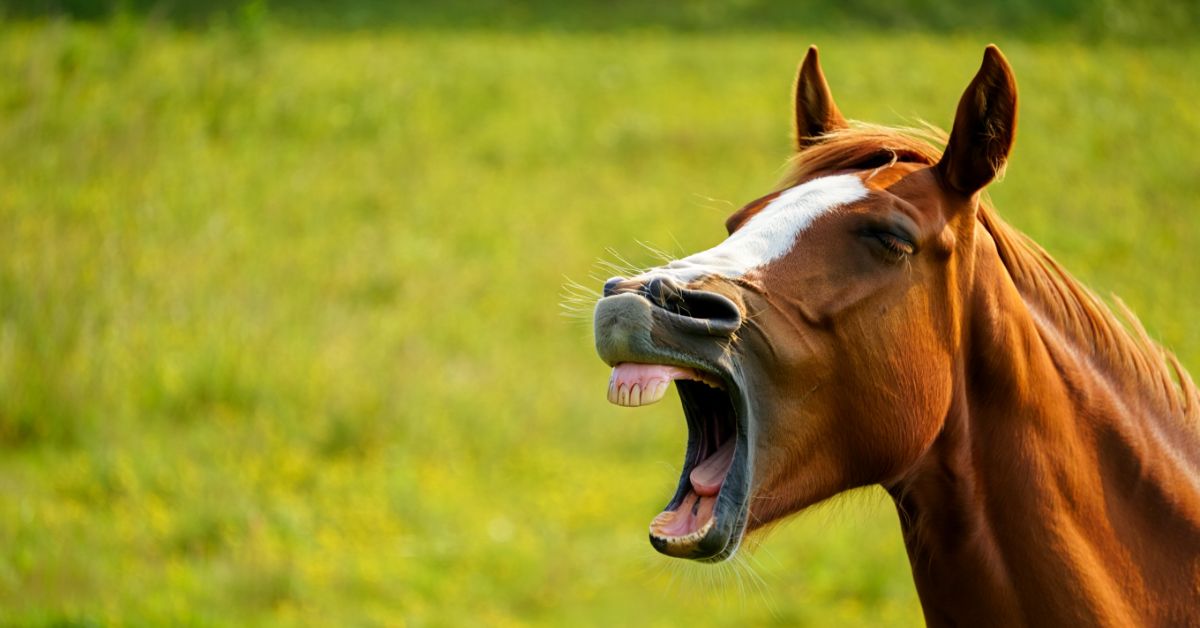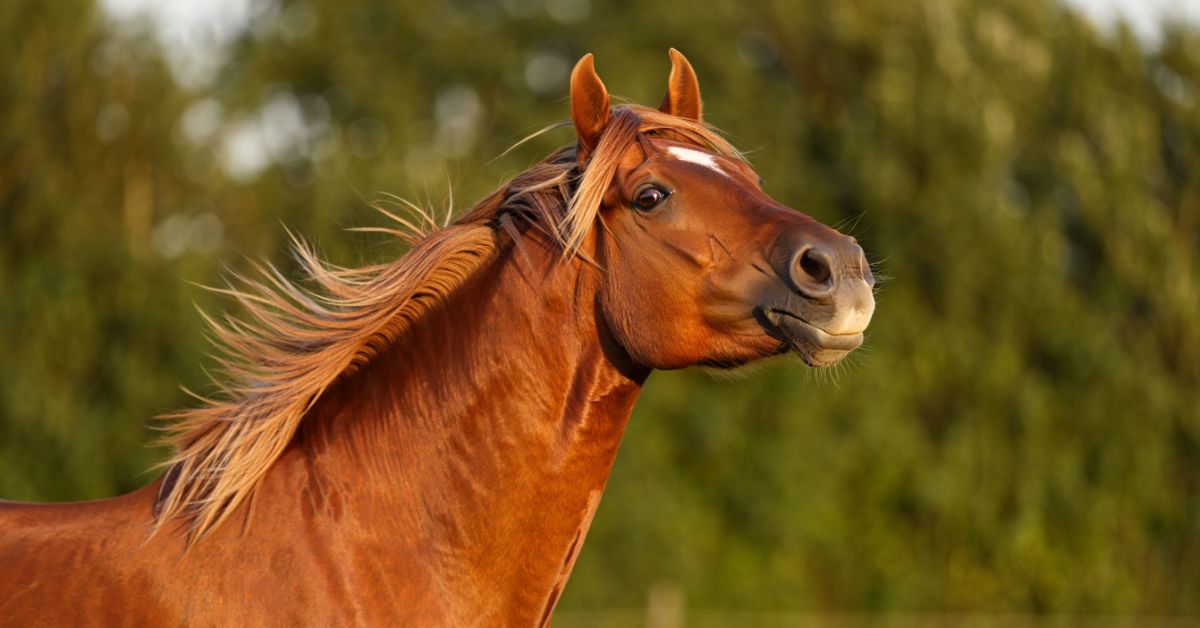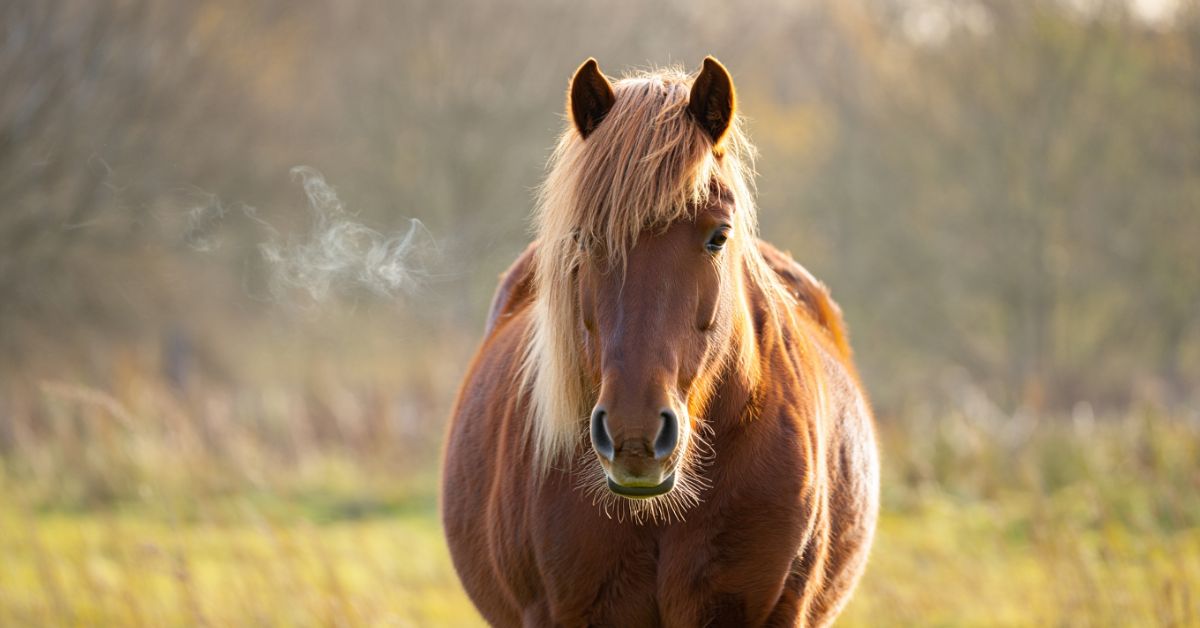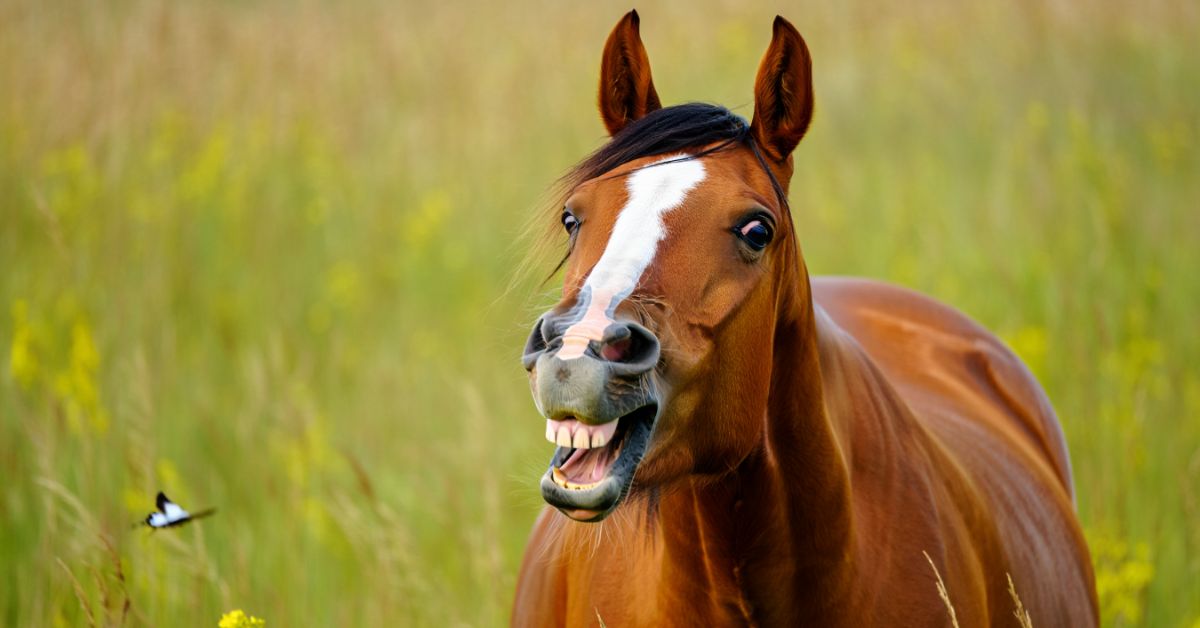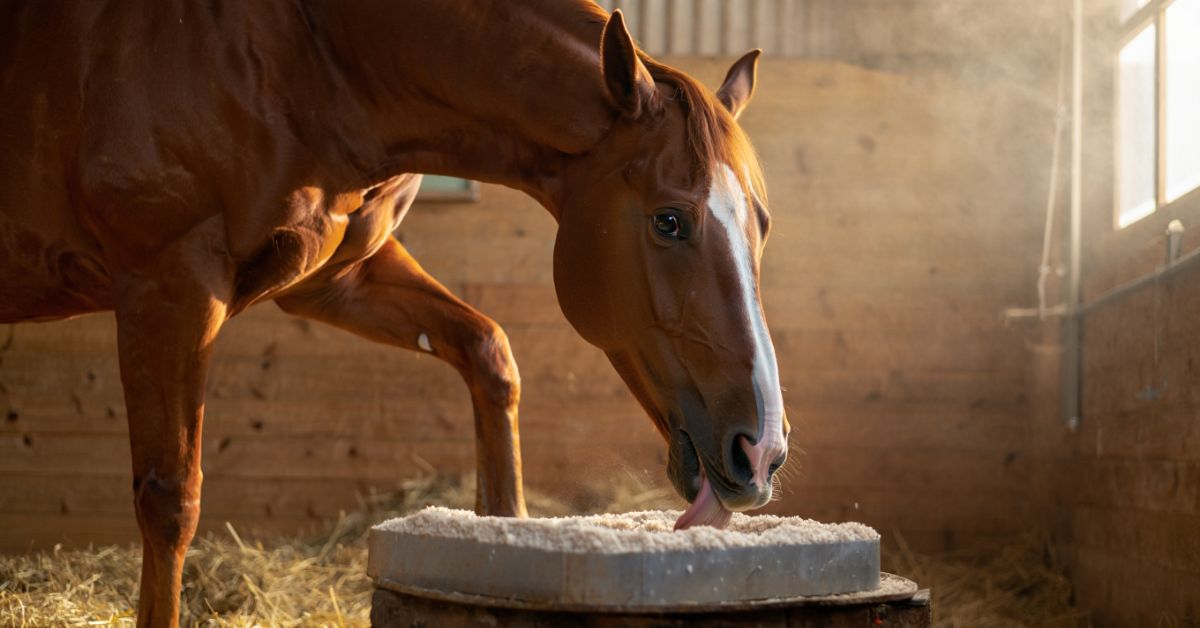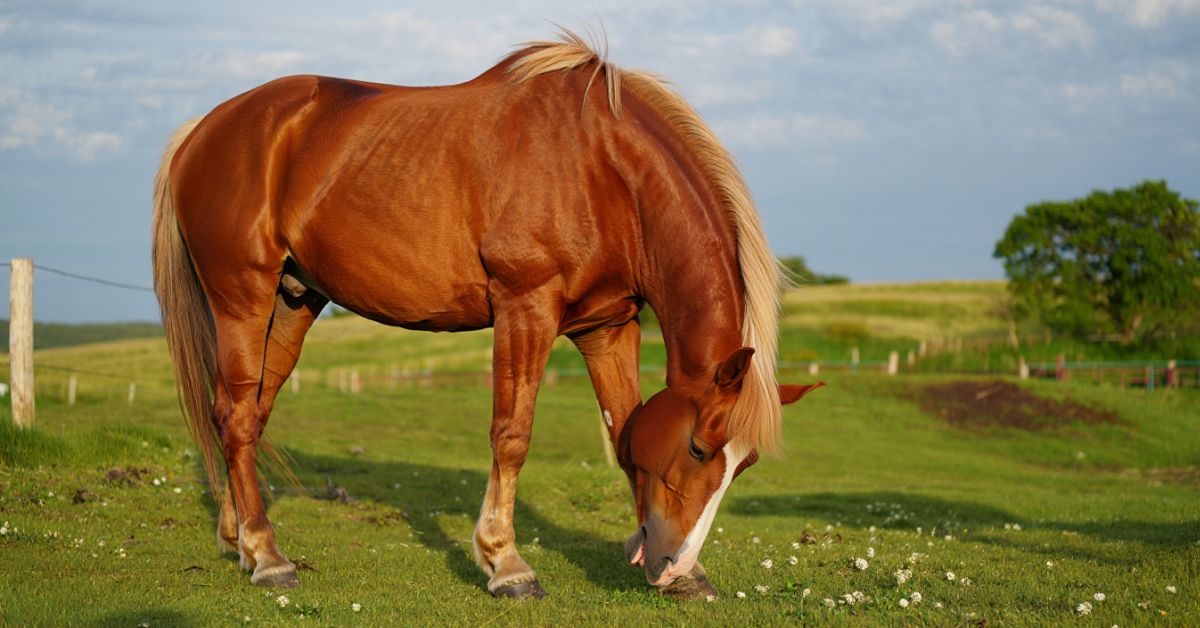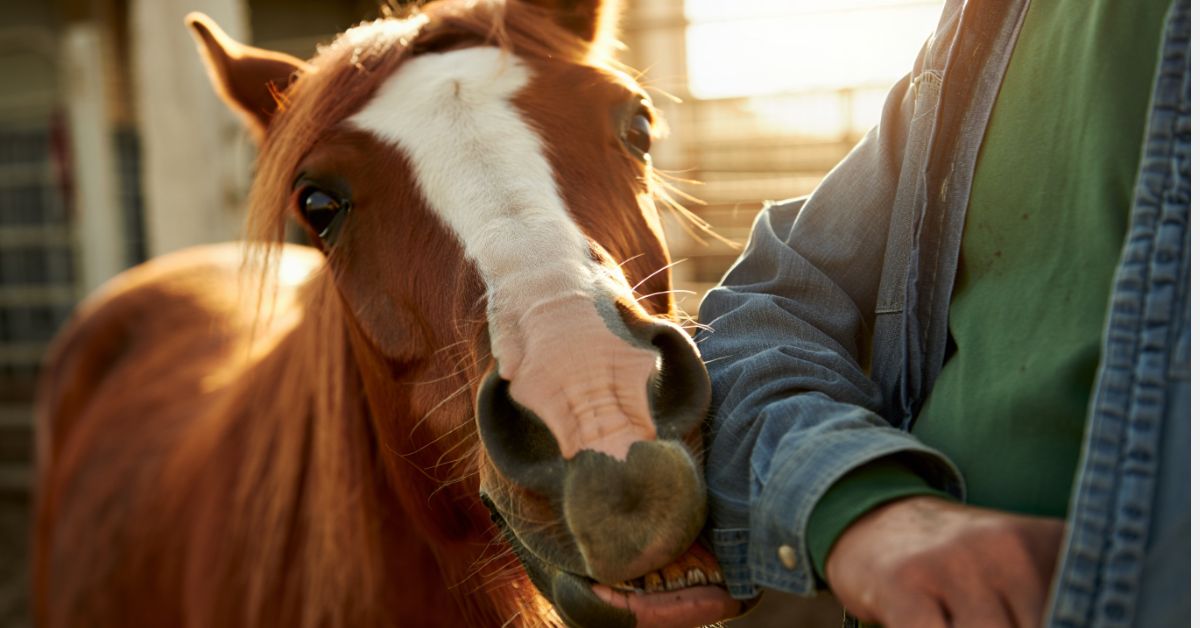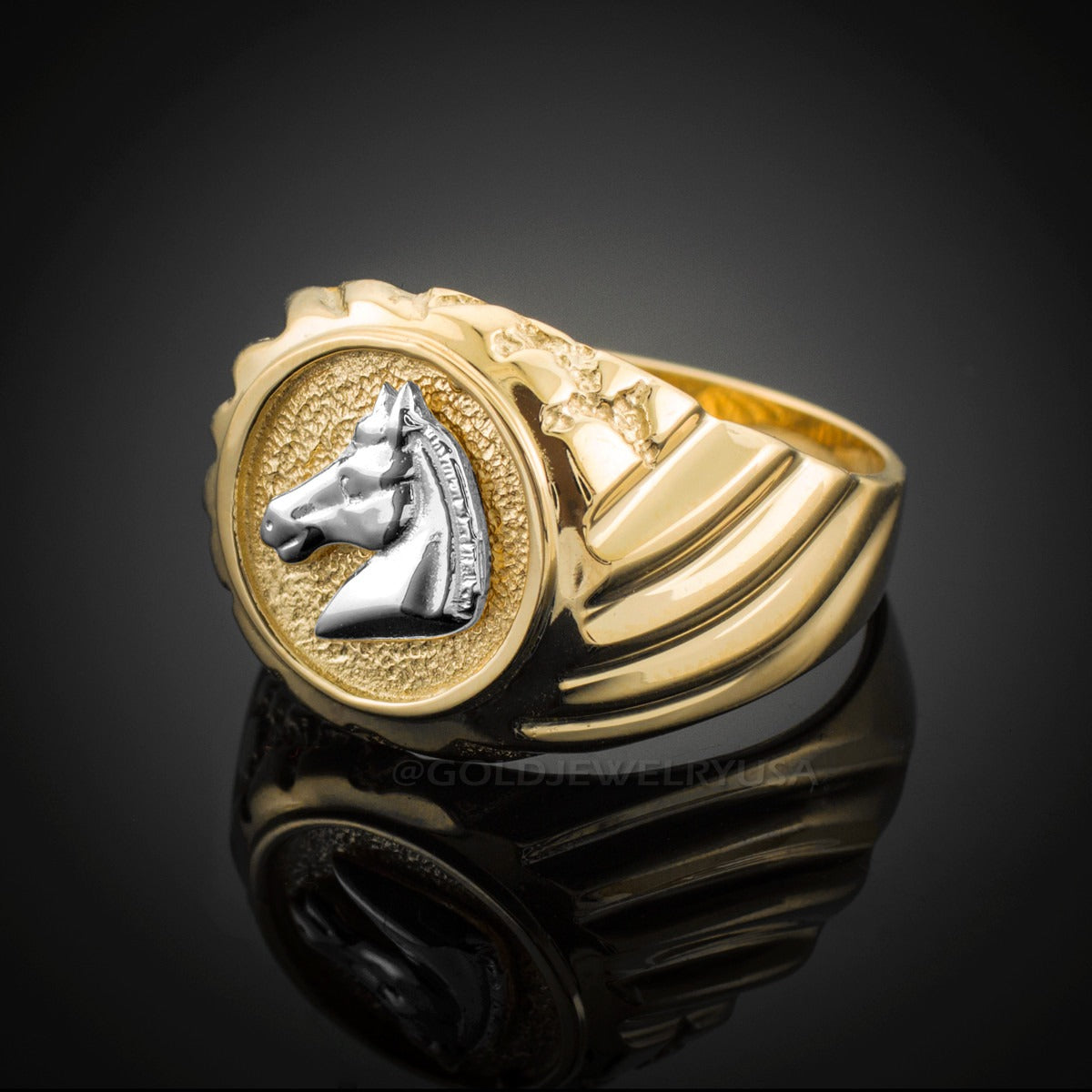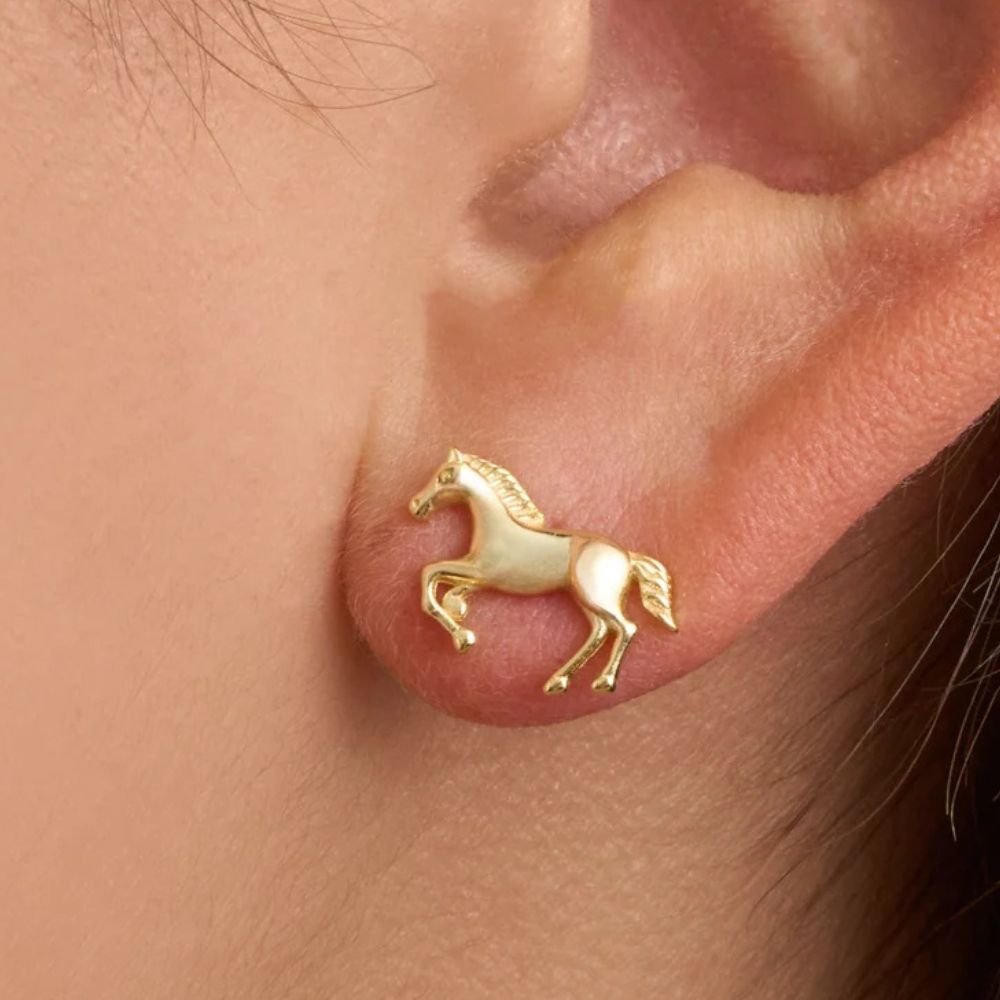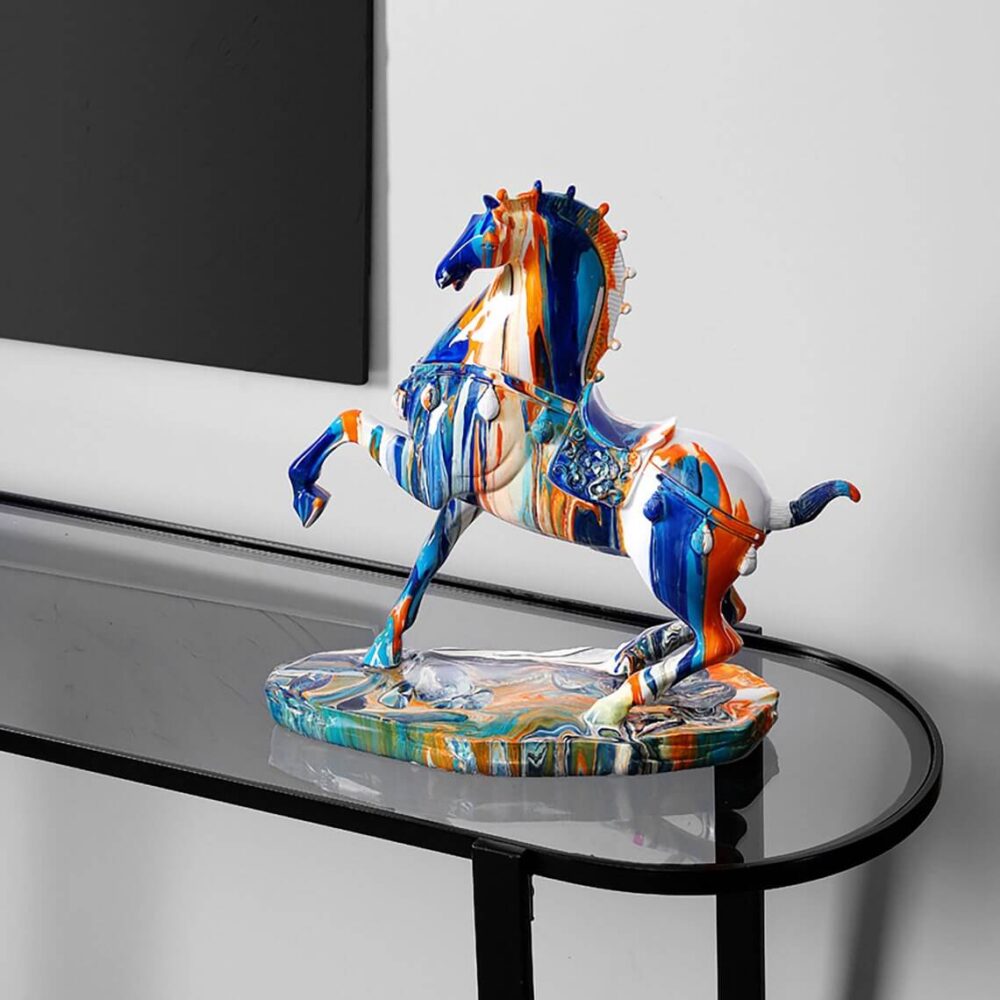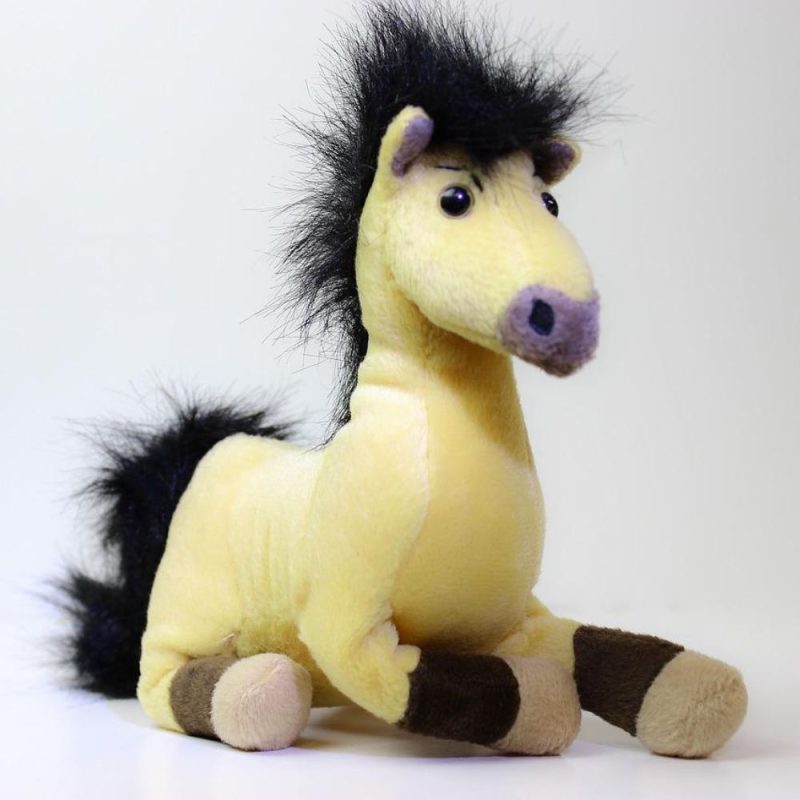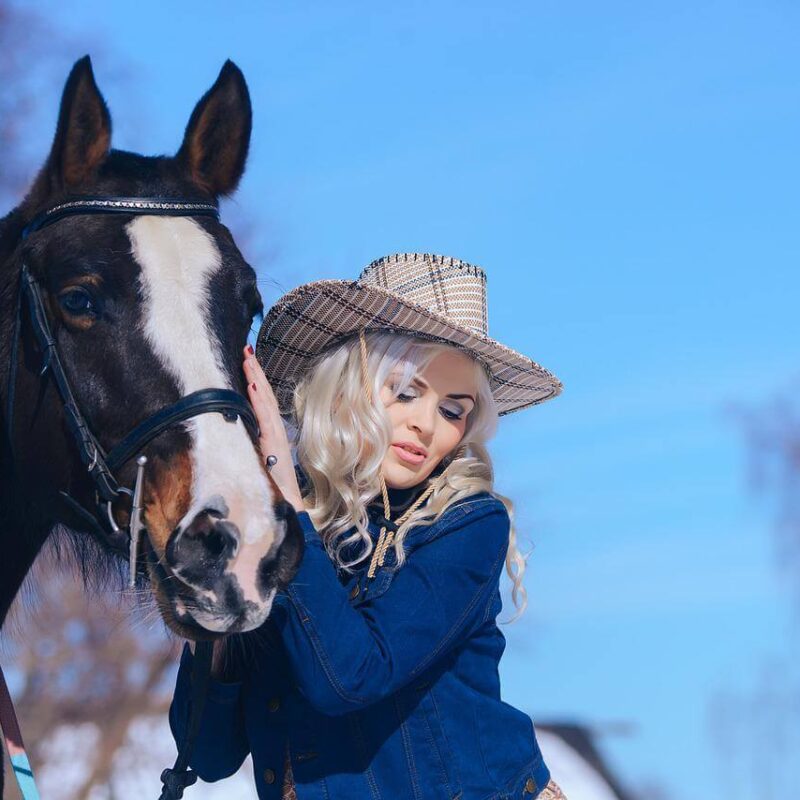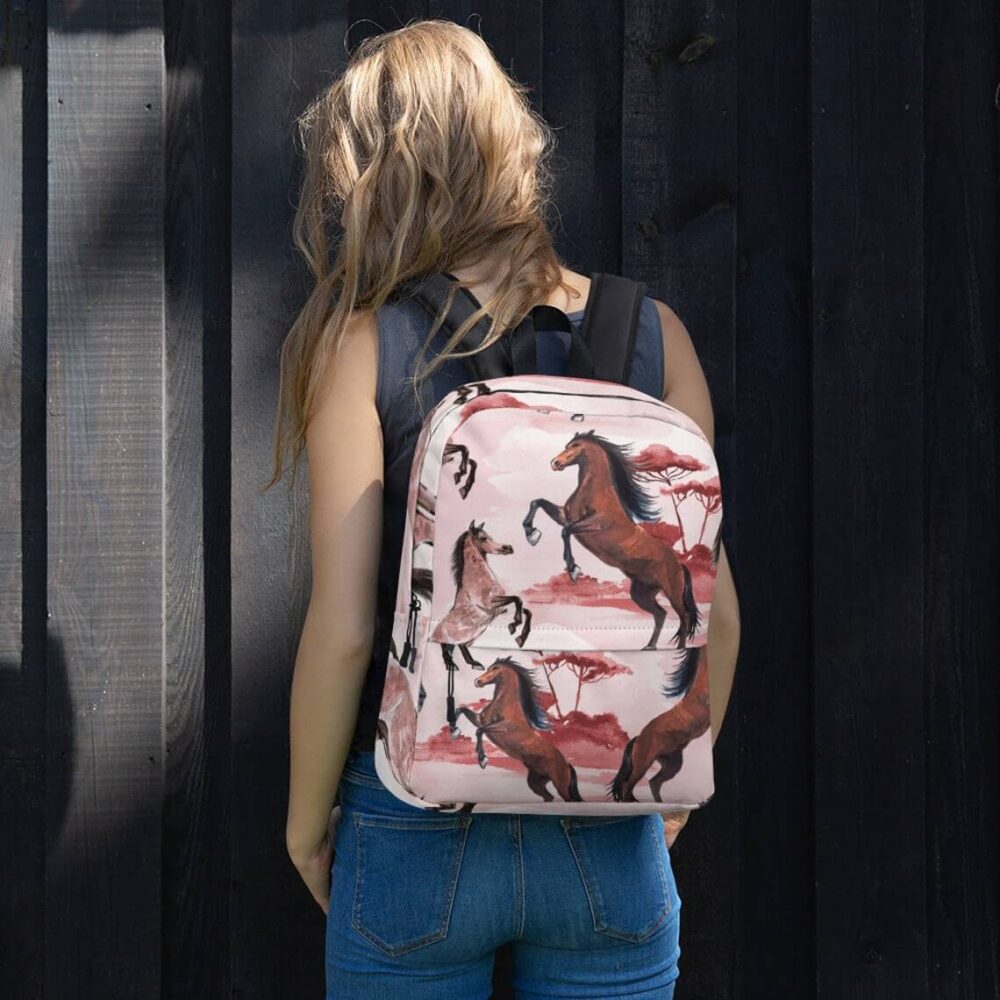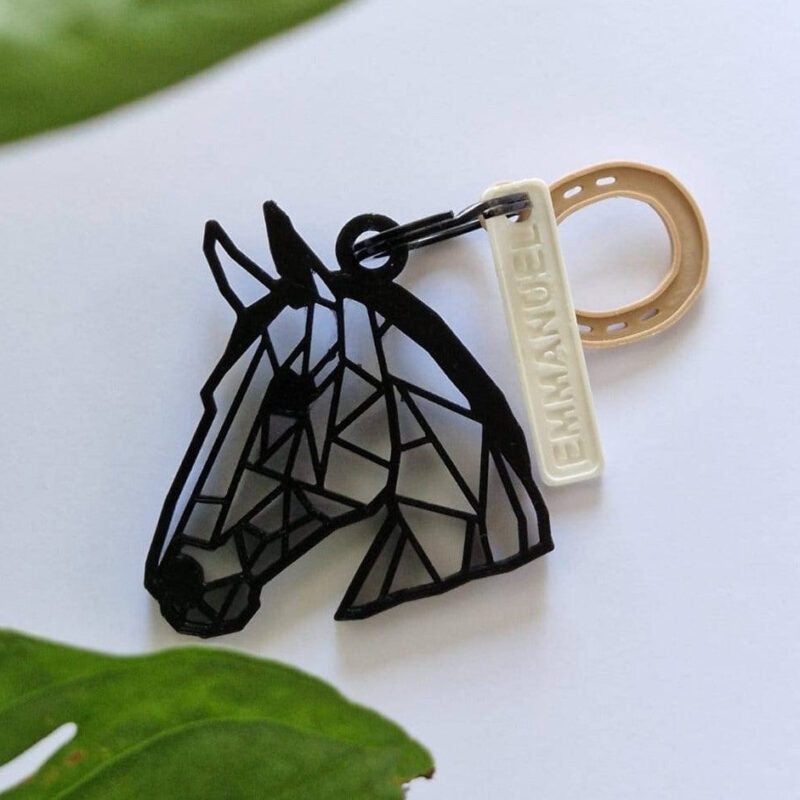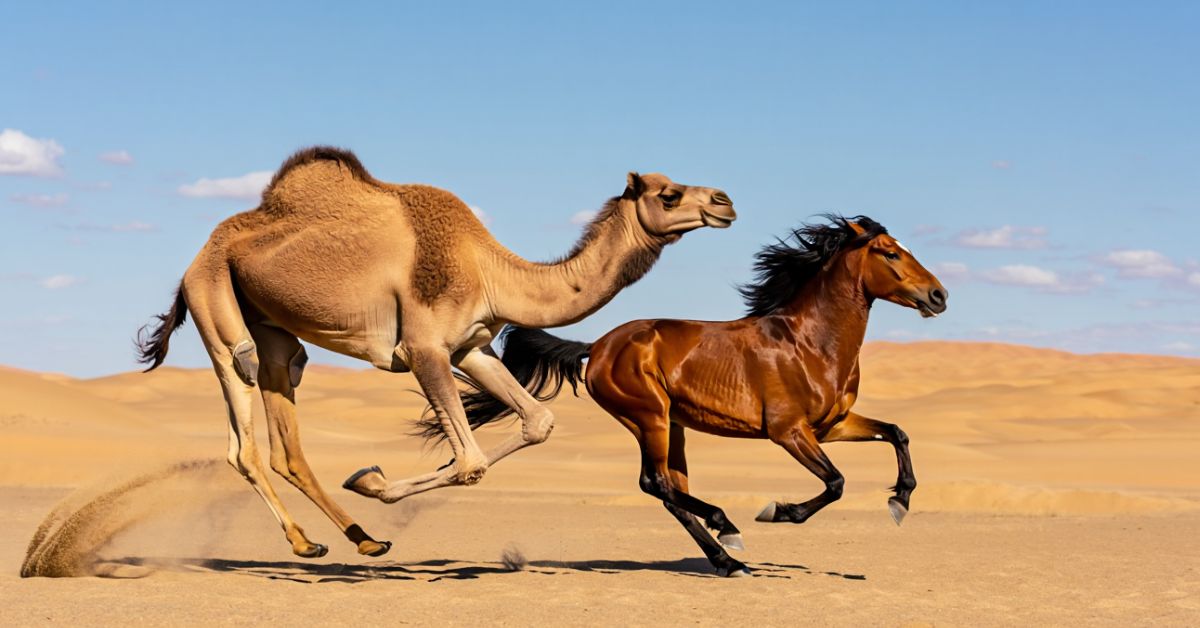
Is a Camel Faster Than a Horse? The Ultimate Speed Showdown
So, is a camel faster than a horse? The short answer is no—horses are significantly faster than camels in most racing scenarios. A thoroughbred horse can reach speeds of 55-60 mph (88-96 km/h) in short bursts, while a racing dromedary tops out at around 40 mph (64 km/h). However, this speed comparison isn't as simple as it seems. Camel endurance vs horse endurance tells a different story entirely. While horses dominate sprint races, camels excel in long-distance desert conditions where their unique physiology gives them an unexpected advantage. The difference in speed becomes less relevant when you factor in extreme heat, scarce water, and grueling distances. As horse enthusiasts at Dream Horse, we're passionate about understanding what makes these magnificent animals tick—whether you're galloping across open fields or admiring equestrian-inspired jewelry that celebrates your love for these incredible creatures. This fascinating comparison reveals why both animals have earned their place in racing history.
How Fast Can a Horse Run in MPH (or km/h)? Understanding Equestrian Speed Records 🏇
Let me tell you something that'll blow your mind—the speed of a thoroughbred horse is absolutely jaw-dropping. When we talk about horse top speed, we're looking at some seriously impressive numbers that showcase why horses have been humanity's speed partners for millennia.
The Sprint Champions: Maximum Velocity Horse
The fastest recorded horse sprint speed belongs to Winning Brew, a thoroughbred who clocked an astounding 43.97 mph (70.76 km/h) over a quarter-mile in 2008. But that's not even close to the theoretical maximum velocity horse can achieve. In optimal conditions, elite racehorses can hit between 55-60 mph (88-96 km/h) during short, explosive bursts. Think about that—how fast can a horse run in MPH? Faster than your average car in a school zone!
The average speed of a horse during a typical race sits around 40-44 mph (64-70 km/h) for thoroughbreds. Quarter Horses, bred specifically for sprint racing, excel in short-distance competitions. These powerhouses can accelerate from 0 to 55 mph in just a few strides—talk about natural turbo engines! Their horse anatomy for speed is perfectly designed: powerful hindquarters, long legs, and a cardiovascular system that would make any athlete jealous.
Understanding Horse Gait and Locomotion
The horse gait plays a crucial role in determining speed. Horses have four natural gaits: walk, trot, canter, and gallop. The gallop is where the magic happens for speed. During a full gallop, all four hooves leave the ground simultaneously—a moment called the "suspension phase." This locomotion of camel and horse differs significantly, which we'll explore later.
Factors affecting horse speed include:
-
Breed genetics and bloodline
-
Age and physical conditioning
-
Track surface and weather conditions
-
Rider weight and skill
-
Training methodology
-
Nutritional programs
According to legendary jockey Willie Shoemaker: "The horse is a mirror to your soul, and sometimes you might not like what you see in the mirror." This wisdom applies to speed too—a horse's performance reflects its treatment, training, and natural abilities.
Historical Use in Races: The Evolution of Horse Racing
Horse racing distance competitions have evolved dramatically since ancient times. The first recorded horse race dates back to 1665 BC in Babylon. Fast forward to modern times—the Kentucky Derby, established in 1875, covers 1.25 miles and typically takes winning horses just over 2 minutes to complete. That's maintaining an average speed of a horse around 37-38 mph for the entire distance!
The horse maximum pace varies by discipline. Endurance races push horses to maintain 15-20 mph over 50-100 miles, testing their stamina rather than pure speed. Meanwhile, horse racing speed in quarter-mile sprints showcases explosive acceleration that leaves spectators breathless.
Camel Top Speed: How Fast Can These Desert Runners Really Go? 🐫
Now let's flip the script and talk about camels—the desert's underestimated athletes. When discussing camel top speed, most people seriously underestimate these humped wonders. Is a dromedary faster than a horse? In specific conditions, they might just surprise you.
Maximum Velocity Camel: The Numbers Behind the Hump
A racing dromedary can achieve a camel top speed of approximately 40 mph (64 km/h) during short sprints. The average speed of a camel during sustained running sits around 25 mph (40 km/h). Now, I know what you're thinking—that's nowhere near a horse's speed, right? Hold your horses (pun intended), because the story gets interesting.
The camel sprint speed might not match thoroughbreds, but their camel racing speed in professional competitions is nothing to scoff at. In the UAE, camel racing is a multi-million dollar industry where specially bred racing dromedaries compete for prestigious titles. These athletes undergo rigorous training programs that rival any equestrian preparation.
Camel racing distance events typically range from 4 to 10 kilometers, with the fastest camels completing these courses in remarkably competitive times. The camel maximum pace during these races demonstrates incredible consistency—they maintain near-maximum speeds longer than you'd expect.
Camel Gait: The Unique Pacing Motion
Here's where things get fascinating. The camel gait differs fundamentally from horses. Camels are pacers—both legs on one side move together, creating a distinctive swaying motion. This locomotion of camel and horse difference affects everything from rider comfort to energy efficiency.
During a pace, camels actually float across the sand. Their broad, padded feet distribute weight across soft desert terrain where horses would struggle. Think of it like wearing snowshoes versus regular boots—the design matters more than raw power.
Camel Anatomy for Speed: Built for Different Battles
Camel anatomy for speed reveals evolutionary genius. Their long legs provide excellent ground clearance for desert terrain. Their split upper lip allows them to feed while moving, and those famous humps? They're fat storage that provides energy for extended periods without food or water.
Factors affecting camel speed include:
-
Hydration levels and heat management
-
Training and conditioning programs
-
Breed type (dromedary vs. Bactrian)
-
Terrain type and sand consistency
-
Age and overall health
-
Rider expertise in camel handling
As explorer Wilfred Thesiger once noted: "No man can live this life and emerge unchanged. He will carry, however faint, the imprint of the desert, the brand which marks the nomad." The same applies to camels—desert conditions shape their every capability.
Camel Speed vs Horse Speed: The Ultimate Speed Comparison Camel Horse Showdown ⚡
Alright, let's get down to brass tacks with this speed comparison camel horse analysis. Which animal is faster depends entirely on how you frame the question. It's not just about raw velocity—it's about context, endurance, and environmental factors.
Short-Distance Speed Comparison: The Sprint Contest
In a pure short-distance speed comparison, horses dominate completely. A camel vs horse race over a quarter-mile would be embarrassingly one-sided. The horse would cross the finish line while the camel was still building momentum.
Let's break down the numbers:
-
Horse sprint speed: 55-60 mph (88-96 km/h) maximum
-
Camel sprint speed: 40 mph (64 km/h) maximum
-
Difference in speed: Approximately 15-20 mph advantage for horses
That's a massive gap in the speed of a thoroughbred horse versus the speed of a racing dromedary. In 2023, research from the University of Veterinary Medicine Vienna confirmed that horses possess approximately 35% greater sprint speed capacity than dromedaries.
Horse Running Ability vs Camel Running Ability: Distance Matters
Here's where the tide turns. Horse running ability peaks in short to medium distances, typically under 2 miles at top speeds. Push beyond that, and you'll see performance drop dramatically—especially in harsh conditions.
Camel running ability shines in scenarios horses can't touch. A camel can travel 100 miles per day at moderate speeds, maintaining 25 mph for hours without water breaks. Try that with a horse in 120°F desert heat, and you'll understand why Bedouins chose camels for desert crossings.
The camel long-distance speed versus horse long-distance speed comparison reveals fascinating data. In 1856, during the U.S. Camel Military Corps experiment, camels consistently outperformed horses on long desert marches, covering distances that left cavalry horses exhausted.
Fastest Land Animals Comparison: Where Do They Rank?
When we look at the fastest land animals comparison, neither camels nor horses crack the top five:
-
Cheetah: 70 mph (112 km/h)
-
Pronghorn Antelope: 55 mph (88 km/h)
-
Springbok: 55 mph (88 km/h)
-
Quarter Horse: 55 mph (88 km/h)
-
Lion: 50 mph (80 km/h)
Camels don't even make the top 20. But here's the kicker—list these animals by endurance in extreme environments, and camels shoot to the top. Speed isn't everything; it's about being fast enough for your environment.
Desert Animal Speed: Home Field Advantage
As a desert animal speed specialist, the camel has evolved for efficiency, not explosiveness. Their camel endurance vs horse endurance advantage in desert conditions stems from:
-
Water retention lasting 7-10 days
-
Body temperature regulation (93-106°F range)
-
Specialized feet for sand navigation
-
Fat storage providing long-term energy
-
Reduced water loss through specialized kidneys
Horses, meanwhile, need water every 4-6 hours and suffer quickly in extreme heat. Their horse endurance is remarkable in temperate climates but falters in desert extremes.
Camel Endurance vs Horse Endurance: The True Performance Test 💪
Let's talk about what really matters in the long run—literally. The camel endurance vs horse endurance debate shifts the entire conversation about which animal is faster over time and distance.
Long-Distance Champions: Camel Long-Distance Speed Superiority
A camel's camel long-distance speed capability is genuinely mind-blowing. These desert ships can maintain 25 mph for 2-3 hours straight in conditions that would kill a horse. Over a 24-hour period, a conditioned camel can cover 100-120 miles while a horse in the same desert conditions might manage 50-60 miles before exhaustion or dehydration becomes life-threatening.
"The camel is the ship of the desert," goes the ancient Arabic proverb, and science backs this up. Studies conducted in 2024 by the Desert Research Institute found that camels maintain 87% of their optimal performance capacity even when dehydrated by 25% of body weight. Horses lose critical performance at just 10% dehydration.
The horse long-distance speed in endurance competitions (typically 50-100 miles) averages 10-15 mph with mandatory vet checks and rest periods. These races occur in controlled conditions with water stations—a luxury desert travel never offers.
Factors affecting camel speed in endurance scenarios work in their favor:
-
Temperature regulation: Camels can raise body temperature to 106°F before sweating, conserving precious water
-
Metabolic efficiency: They extract maximum nutrition from minimal desert vegetation
-
Psychological endurance: Camels maintain steady pacing without the nervous energy horses display
-
Physical recovery: Camels bounce back faster from multi-day exertion
Factors affecting horse speed over distance create challenges:
-
High water requirements (5-10 gallons daily)
-
Heat sensitivity and rapid dehydration
-
Higher metabolic rate requiring more frequent feeding
-
Greater susceptibility to overheating and exhaustion
The Science Behind Stamina: Understanding the Difference in Speed Over Time
The real difference in speed between these animals isn't about peak velocity—it's about sustainable velocity. Imagine two runners: one sprints 100 meters in 10 seconds but collapses; another runs it in 15 seconds but can repeat it 50 times. Who's truly "faster"?
Research from 2022 published in the Journal of Comparative Physiology measured metabolic efficiency during sustained exercise. Camels showed 40% better energy conservation during 4-hour treks compared to horses. Their unique physiology includes:
-
Oval-shaped red blood cells that flow efficiently even when dehydrated
-
Specialized nasal passages that recapture moisture from exhaled air
-
Thick fur insulation that protects from sun while allowing heat dissipation
-
Fat-storing humps that prevent insulating fat layers elsewhere on the body
Historical Use in Races: Different Purposes, Different Champions
The historical use in races reveals why each animal developed differently. Horses were bred for cavalry charges, short-distance warfare, and sprint competitions where explosive power mattered most. European and Asian racing traditions emphasized speed over brief distances.
Camels, however, were bred for caravan trading, desert exploration, and long-distance travel where endurance trumped everything. Camel racing distance events emerged from practical needs—who has the strongest camel for the next 50-kilometer trade route?
Modern horse racing distance rarely exceeds 2.5 miles for thoroughbreds. The longest prestigious race, the Mongol Derby (620 miles over 10 days with horse changes), still doesn't match what a single camel accomplishes routinely.
In the UAE, camel racing has become a billion-dollar industry since the 1970s. The 2024 Al Wathba Festival featured races with prizes exceeding $13 million, with top racing camels valued at over $1 million each. These aren't your average desert wanderers—they're finely-tuned athletes with training regimens rivaling Olympic horses.
Frequently Asked Questions on Camel and Horse Speed Comparison 🤔
Is a camel faster than a horse in the desert?
Not in pure top speed, but camel endurance vs horse endurance in desert conditions strongly favors camels. While a horse top speed exceeds a camel top speed by 15-20 mph, horses can't sustain performance in extreme heat and water scarcity. Over distances exceeding 50 miles in desert conditions, camels will consistently outperform horses. The speed of a racing dromedary remains steady at 25 mph for hours, while horses decline rapidly without frequent water and rest in hot climates.
What is the top speed of a racing horse compared to a racing camel?
The speed of a thoroughbred horse reaches 55-60 mph in optimal sprint conditions, with an average speed of a horse around 40-44 mph during races. Meanwhile, camel top speed maxes out at approximately 40 mph for elite racing dromedaries. The speed comparison camel horse clearly favors horses for pure velocity. However, camel racing speed competitions showcase these animals' impressive capabilities, with professional racing camels maintaining 30-35 mph over several kilometers—far more consistent than many expect.
Which animal wins in a camel vs horse race?
In a camel vs horse race under 2 miles, the horse wins decisively due to superior horse sprint speed and acceleration. The horse running ability dominates short-distance competitions. However, change the parameters to a 100-mile desert race without water stations, and the camel running ability triumphs completely. The which animal is faster question requires context: faster at what distance, in what conditions, and for what purpose? It's like asking whether a Ferrari or a Land Rover is better—the answer depends on whether you're racing or crossing the Sahara!
How does camel anatomy for speed differ from horse anatomy for speed?
Camel anatomy for speed focuses on endurance efficiency: broad padded feet for sand, humps for energy storage, specialized kidneys for water retention, and oval red blood cells that flow efficiently when dehydrated. Horse anatomy for speed emphasizes explosive power: muscular hindquarters, long legs for stride length, large hearts (average 10 pounds), massive lung capacity, and fast-twitch muscle fibers for acceleration. The locomotion of camel and horse differs fundamentally—horses gallop (all feet off ground), while camels pace (same-side legs moving together). These anatomical differences make each animal supreme in their specialized environment.
What are the main factors affecting horse speed and camel speed?
Factors affecting horse speed include breed genetics, training intensity, track conditions, rider skill, age, and nutrition. Factors affecting camel speed include hydration levels, heat tolerance, training, breed type (dromedary vs. Bactrian), terrain type, and desert conditioning. Environmental factors play huge roles: horses excel in temperate climates with accessible water; camels dominate in arid, hot conditions. Temperature, humidity, and terrain dramatically shift the difference in speed and performance capabilities. A horse on a manicured track versus a camel on desert sand creates entirely different performance profiles—each animal is optimized for their natural environment.
Conclusion: Celebrating Speed in All Its Forms 🏆
So, is a camel faster than a horse? In raw maximum velocity horse versus maximum velocity camel terms, horses win decisively with horse top speed exceeding camel top speed by significant margins. The speed of a thoroughbred horse represents one of nature's most impressive speed achievements, refined through centuries of selective breeding.
However, camel endurance vs horse endurance tells a completely different story. When conditions shift to extreme environments, long distances, and survival scenarios, camels demonstrate why evolution doesn't always favor the fastest sprinter. The camel long-distance speed capability in desert conditions makes them the true endurance champions.
Both animals deserve our respect and admiration. At Dream Horse, we celebrate the incredible beauty, power, and capability of horses—the loyal partners who've shaped human history through their speed, strength, and companionship. Whether you're inspired by equestrian speed records or simply love the majesty of these animals, we invite you to express your style with our carefully curated collections.
Remember—speed isn't just about numbers on a stopwatch. It's about finding your perfect partner for your perfect journey, whether that's a quarter-mile sprint or a cross-desert adventure. Assert your individuality as a horse lover, celebrate what makes these animals extraordinary, and never stop learning about the magnificent creatures that capture our hearts!
